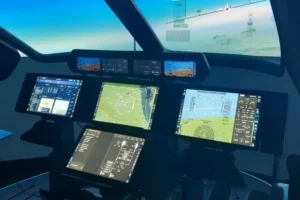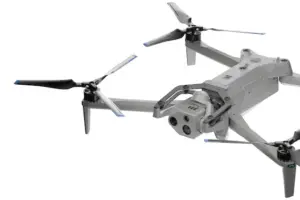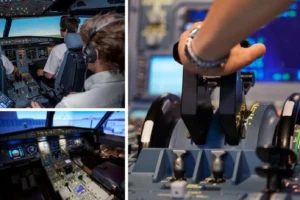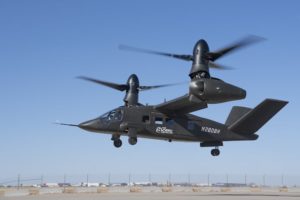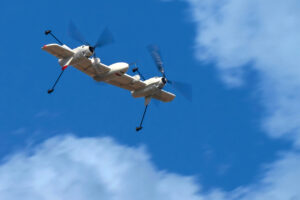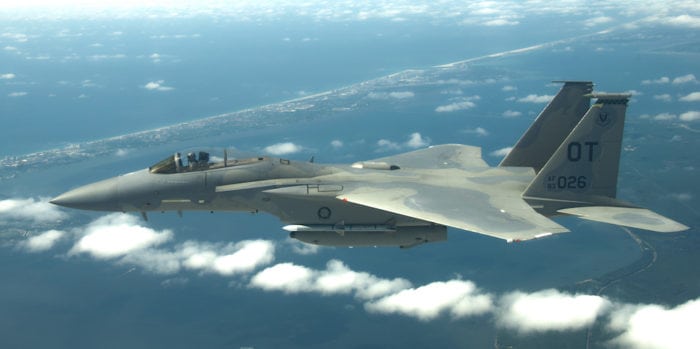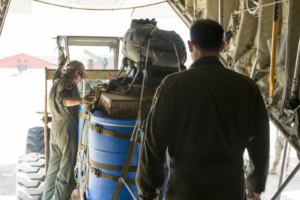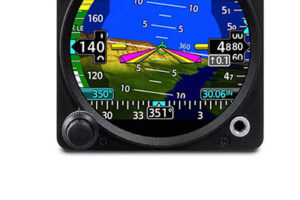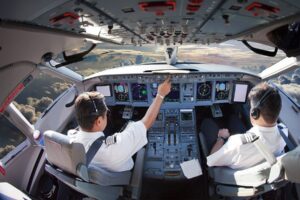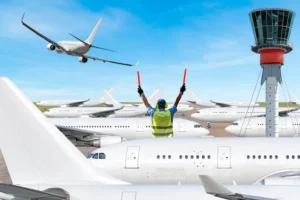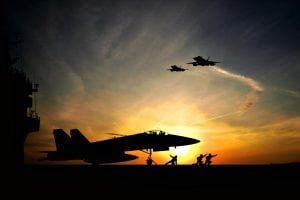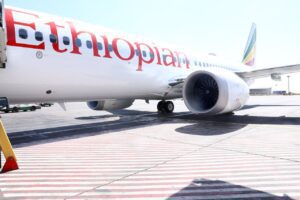AirRobot, Remotec Distribute UAS to Law Enforcement, First Responders
By Juliet Van Wagenen | April 17, 2015
Send Feedback
[Avionics Today 04-17-2015] Unmanned Aerial Systems (UAS) manufacturer AirRobot recently entered into an exclusive distribution agreement with Northrop Grumman’s Tennessee-based subsidiary, Remotec, for the company’s line of small UAS for law enforcement and first responders. As the companies aim to bring UAS to a market with high security and reliability requirements, Thomas Meyer, president of AirRobot, speaks to how the partnership looks to help the companies bring more reliable and higher quality systems into civil UAS operations.
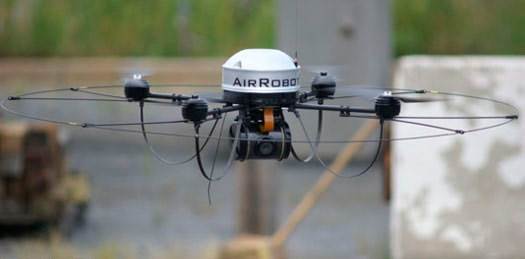 |
| AirRobot UAS. Photo: AirRobot |
“Northrop Grumman is the leading provider for solutions to state and local first responder agencies in robotics. As such they have long relationships and an excellent reputation in the market, which goes back decades. These relationships exist with those customers who are now looking at small UAS as a new technology,” Meyer told Avionics Magazine regarding the company’s decision to partner with Northrop.
Meyer believes that combining both the relationships and technologies for the companies’ almost identical user groups will ultimately benefit the operator. “For the user this means better operational value, shorter training times and less administration since traditional and ‘new tech’ robotics technology comes out of one hand and works together,” he said.
On a practical level, Northop Grumman also has the resources and technicians to provide the service, repair and maintenance that are crucial for keeping UAS up and running. This reliability is especially critical for first responders and law enforcement who will be using the systems to survey fires, detect gas and radiation or assess possible bombs for bomb squads, among other uses.
“First responders have tremendous responsibilities and have to operate under pressure. A UAS cannot add to the burden,” said Meyer.
For this reason, safety, ease of use, and quick deployment all take center stage when developing the systems. “Systems for law enforcement have to fulfill specific criteria, which are important for the safety and the efficiency of operation under the special circumstances of their deployment where lives can be at stake. Safety is first and all of our systems are mature and have been tested rigorously,” said Meyer.
The systems enable this level of safety through several technical features on board the UAS, one of which is secure radio communications, which can be encrypted to avoid interference with the systems while in operation, as well as command control links, which cannot be intercepted. “Each system only responds to its assigned ground station using an encrypted key as a ‘handshake’ with the aircraft,” said Meyer.
AirRobot’s UAS also feature longer flight times with a high payload capacity — the systems can fly between 40 and 50 minutes while carrying up to 7 lbs. if necessary. This allows them to operate with more accurate sensors, which are typically larger and heavier, for a longer period of time.
“The result is more actionable information per flight,” said Meyer. “The high payload capacity enables them to carry sensors that provide additional data beyond video, like gas detection or radiation as well as special mechanisms to drop small items.” Meyer says the systems are also quick to set up and feature intuitive controls as well as automated safety procedures in case of issues, such as a loss of communication link or a low-running battery.
AirRobot has developed and tested its UAS in Germany under the civil airspace regulations enforced there, since the research and development as well as the manufacturing arm of its business is based in Europe. While the company does not possess a Section 333 exemption in the U.S., it believes that the FAA slowly opening its arms to embrace UAS development and adoption throughout the National Airspace System (NAS), will help the company enter this market.
“During the recent two years, tremendous progress has been made with the introduction of the ‘common strategy’ for first responders,” said Meyer, who has been cooperating with the FAA to gather experience and data in the realm of UAS for law enforcement since 2006. “Now, the [Certificate of Waiver or Authorization] COA process is open for public entities and is far less restrictive. It enables first responders to fly a multitude of missions.”
Going forward, the collaboration with Northrop is extending beyond strictly UAS applications as the two companies look to combine AirRobot’s UAS with Northrop Grumman’s Unmanned Ground Vehicles (UGVs) to create new ground/air capabilities. With collaboration just beginning on these new capabilities, Meyer says the first step is to achieve a higher level of compatibility between the systems. This can refer to the user interface and communications, improved ease of use, and information sharing, such as video and data, as well as system-generated distribution of information.
“Future technological developments will be based on requirements derived from actual [Concepts of Operation] CONOPS,” said Meyer. “Let’s say increasing the communications range of a ground robot in a complex challenging urban environment, using the UAS as a repeater. Providing split screen images with a real time birds eye view from the UAS to the ground robot operator for easier navigation in a rapidly changing environments. This can be combined with a higher level of autonomy, based on the fused information both systems create, as for example, real time 3-D mapping from the UAS used by the ground robot to navigate.”
As Research and Development (R&D) begins on these air/ground capabilities, the possibilities to bring even more applications to law enforcement and first responders are on the horizon.
“The objective is to make a mission more effective with less operator burden and minimized risk of failure,” said Meyer.


